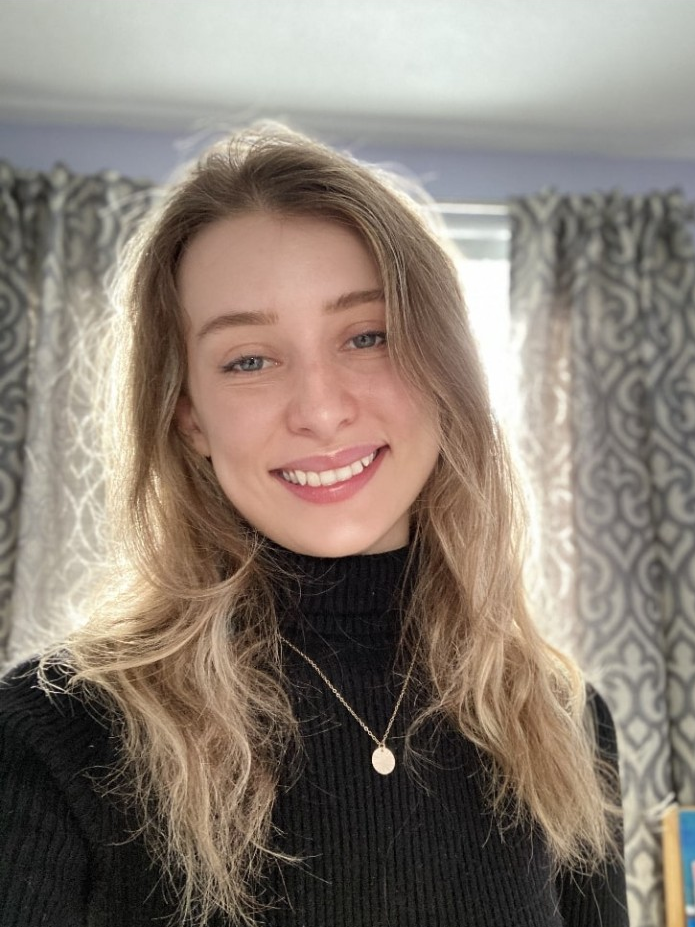Areas of interest
Applied Zooarchaeology; Species Conservation; Isotopic Analysis; Ancient DNA; Island Archaeology; Human/Faunal Interactions
Education
- MSc: (2020) Zooarchaeology, University of York
- BA: (2018) Archaeology, Memorial University of Newfoundland
Introduction
I graduated with a Bachelor of Arts (honours) in Archaeology and a minor in Biology from Memorial University of Newfoundland in 2018. My thesis used compound specific isotopic analysis to create a baseline for fauna found at Beothuk and Maritime archaic sites across Newfoundland.
I received my Master of Science (distinction) from the University of York in 2020. My dissertations used intra-tooth serial sampling and isotopic analysis to see if oxygen and carbon could be used to trace short-term migrational movements of red deer in prehistoric Italy and Sicily.
Currently I am a PhD student in the department of Archaeology at Simon Fraser University looking to apply zooarchaeology and biomolecular techniques to ongoing conservation efforts on the Caribbean island of Curaçao.
In addition to my research I’m well versed in archaeological field work having worked multiple field seasons for a consulting company in Ontario.
Research
My research will combine traditional zooarchaeological analyses, mitochondrial DNA (mtDNA), bulk collagen and compound specific isotopic analysis of amino acids (CSIA-AA) to trace long term isotopic and genetic histories of Curaçao deer and Hawksbill turtles. I aim to investigate potential causes of population vulnerability/resilience by addressing how human activity contributes directly and indirectly to the loss of biodiversity, and how these data can be used to inform future conservation strategies. My research works in tandem with ongoing work by Dr. Giovas (SFU), and Amy Victorina and Claudia Kraan of the National Anthropological Archaeological Memory Management (NAAM), to support local interest and initiatives for preserving currently threatened fauna by assessing the archaeological past. I aim to provide a long-term perspective that will identify the timing and speed of genetic change to shed light on the practices that have, and continue to, contribute to the decline of two of Curaçao’s keystone species.


